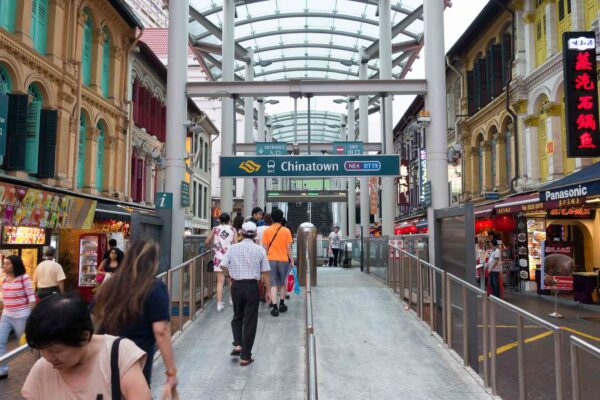
Transport Minister Khaw Boon Wan earlier this week chided reporters for unfair coverage of train breakdowns. He was halfway in a prepared speech on the reliability of Singapore’s rail network when he decided to go off-script, challenging reporters to run the train system themselves.
Mr Khaw had said:
“But I thought they were being unfair to the teams … working their guts out on this re-signalling project. They think it’s so easy, you know, like holding a pen and writing a few articles and get the signalling done. I wish it was so simple. If it was so simple, they don’t need us. We can ask the reporters to run the train system.”
You know what, perhaps we really should let them try. They might not do better than LTA, SMRT, and SBS Transit. But perhaps the reporters, and the press machinery as a whole, won’t do worse than them either!
Journalism isn’t all that simple either. Reporters have deadlines. In fact, the newspaper publication system is very complex, and highly stressful too. They have deadlines, every day. But despite that, they are on-time, every day.
You get your newspapers on-time, every day, except perhaps for the occasional days of exceptional inclement weather when the last mile delivery is impacted. Or perhaps when the voting counting from the general election the night before was slow. It’s quite amazing, don’t you think?
Things are always in a flux until press time. Reports pour in throughout the day. Editors need to, well, edit. They need to decide which stories go on which pages. They need to decide how to fill up the pages. Advertisements need to be put somewhere. They need backup plans for gaps in the layout. They need last-minute rearrangements to accommodate late or developing news stories.
They have a tight, unforgiving, schedule to stick to. But they can’t control many elements that go into it. It’s really not that simple at all.
Yet, the newspapers are practically always on-time.
While the MRT may have train faults, there will be no printing press faults delaying your newspapers.
While the MRT may have signal faults, there will be no communication faults delaying your newspapers.
While the MRT may have power faults, there will be no power failures delaying your newspapers.
In fact, editors can call in sick, and they may have to deal with all sorts of calamities, but your newspapers will not be delayed.
It’s not that newspapers don’t have printing problems, IT problems, power problems and all manner of other problems. They just know how to deal with them, so that you get your newspaper on-time.
True story, the Dow Jones, located across the street from the World Trade Centre, was devastatingly impacted by the catastrophic 9-11 attack, continued to publish The Wall Street Journal the very next day. This is one of my favourite stories of Business Continuity Planning. Of course, this is The Wall Street Journal, not a local newspaper, but I’m pretty sure our local newspaper houses are quite capable of handling the sort of simple problems equivalent to what has persistently plagued our trains.
Our political leaders are getting too comfortable with their ownself check ownself and ownself praise ownself regimen, I think they are simply losing touch with what is actually happening on the ground, in the real world.
Mr Khaw says our train system has gotten three times more reliable since he took office. By what measure did he come up with this conclusion? As we all know, statistics can be pretty much twisted any way to prove whatever point you want to make.
Case in point here: SMRT CEO Desmond Kuek spoke about MTBF in 2015. Mr Khaw, instead, has redefined the metric to be Mean Kilometre Between Failure (MKBF).
Presumably, the LTA has data that MKBF has improved. I guess the MTBF numbers didn’t work out well for them, so they have now switched to MKBF to show improvement.
Our train network has expanded considerably sine 2015. The Downtown Line Stage 2 was opened in late 2015, the Tuas West Extension just opened, and the new Downtown Line Stage 3 is slated to open later this year. There were numerous other improvements since 2015, like replacement of third rail system on the NSEWL, completion of sleeper replacements, and others. Then there’re all the new trains they’ve added into the system.
Considering those projects, of course we expect trains to travel farther before failing. If you’ve a new car, you obviously expect to experience less breakdowns. The point of Singapore Airlines maintaining a younger fleet of aircraft is to deliver better service, with passengers experiencing fewer delays and cancelled flights. Do you think Singapore Airlines passengers would care that their planes are now flying farther before a problem develops?
Are train commuters feeling the improvements? Oh yes, I know the LTA and PTC have said their surveys show so. But shall we dispense with these ownself do for ownself business. Is there some credible independent body that will say the same?
The signalling project is not simple, we get it. We need the LTA, SMRT, and SBS Transit to do their jobs. That’s their jobs, after all!
